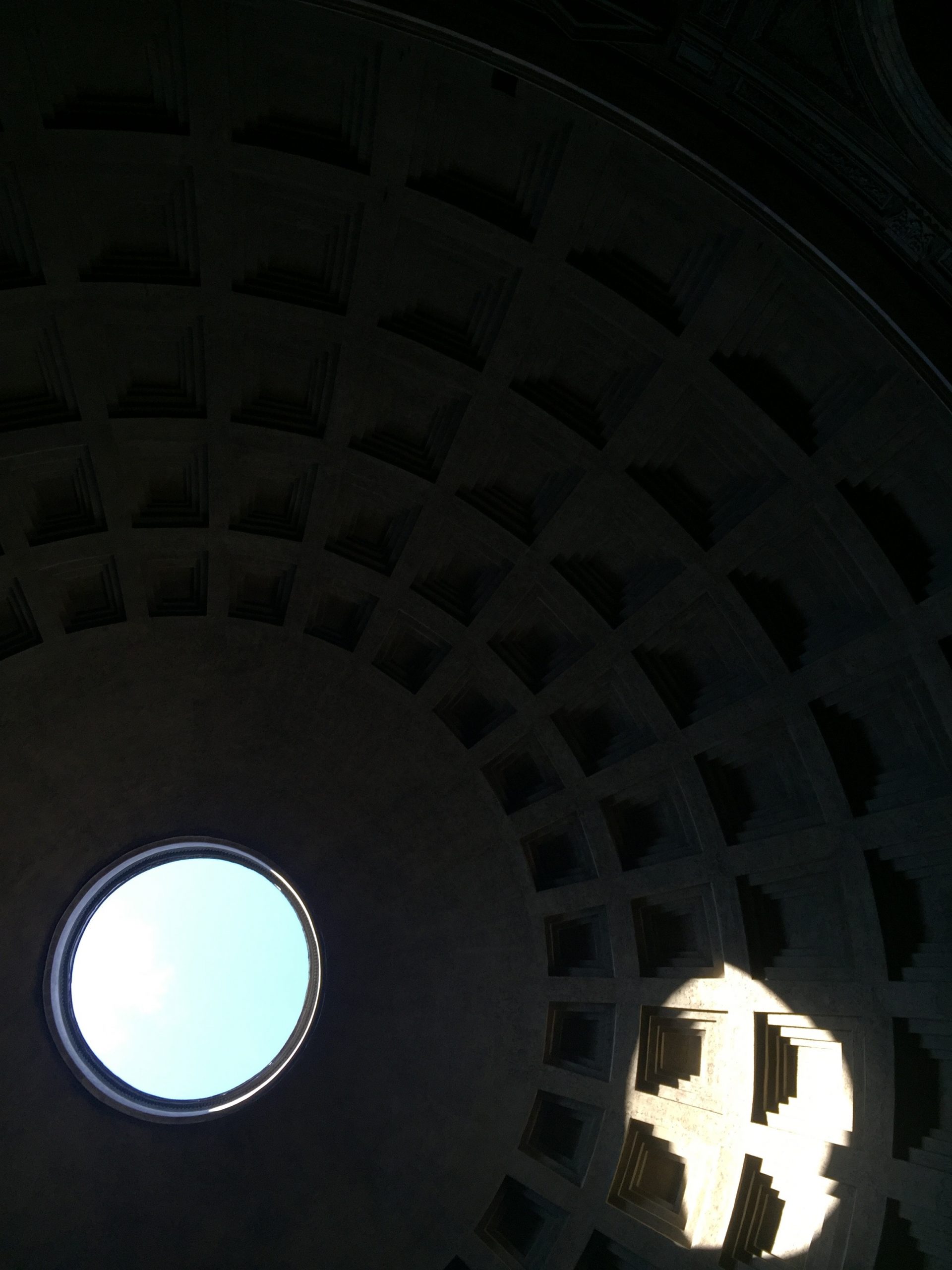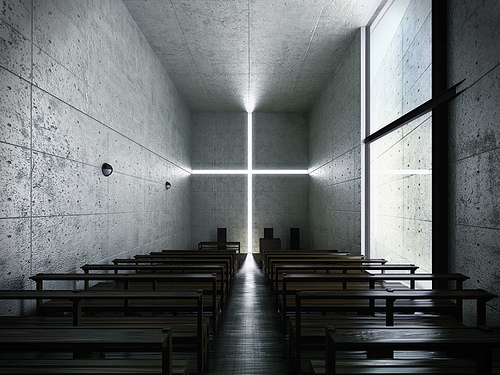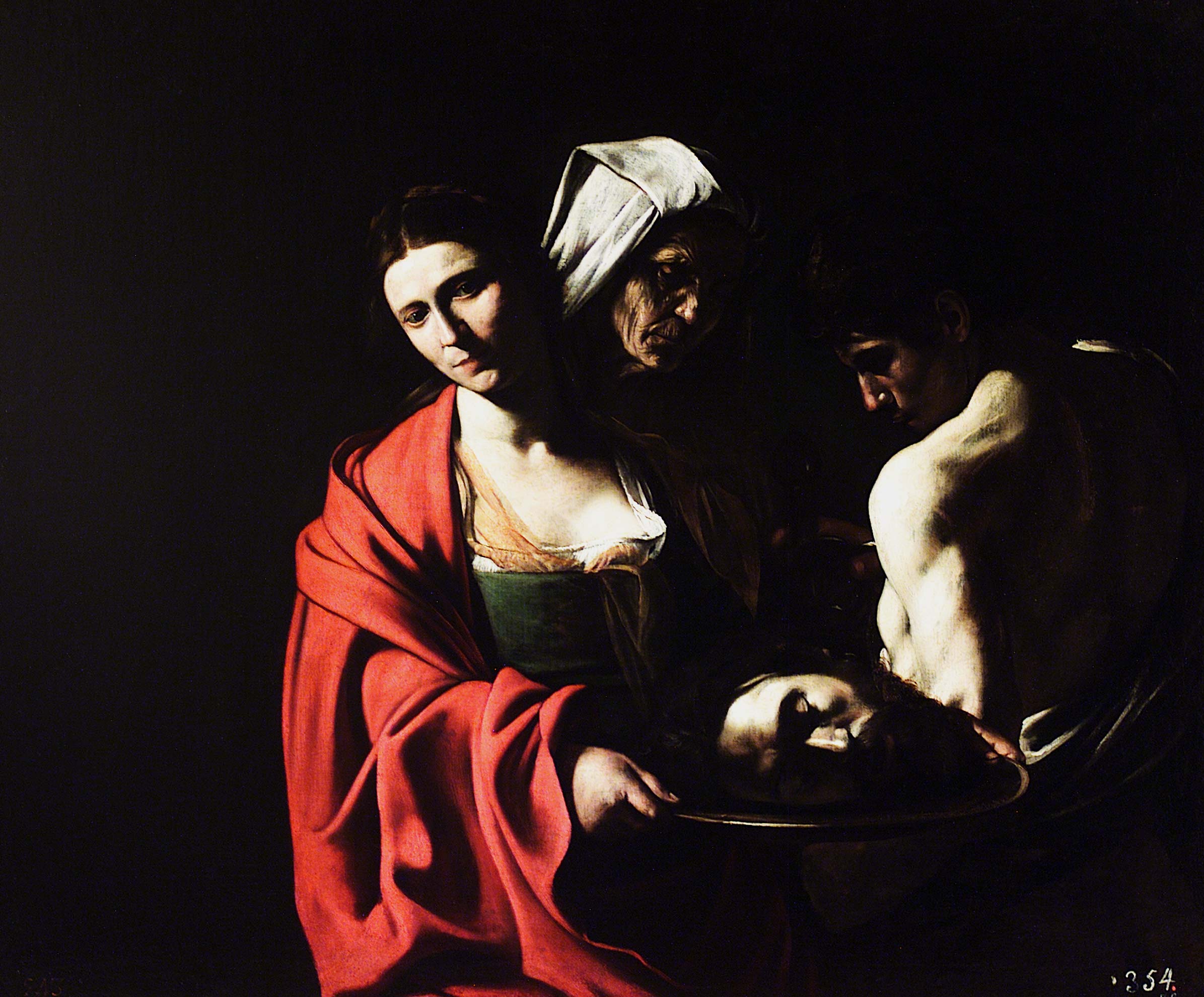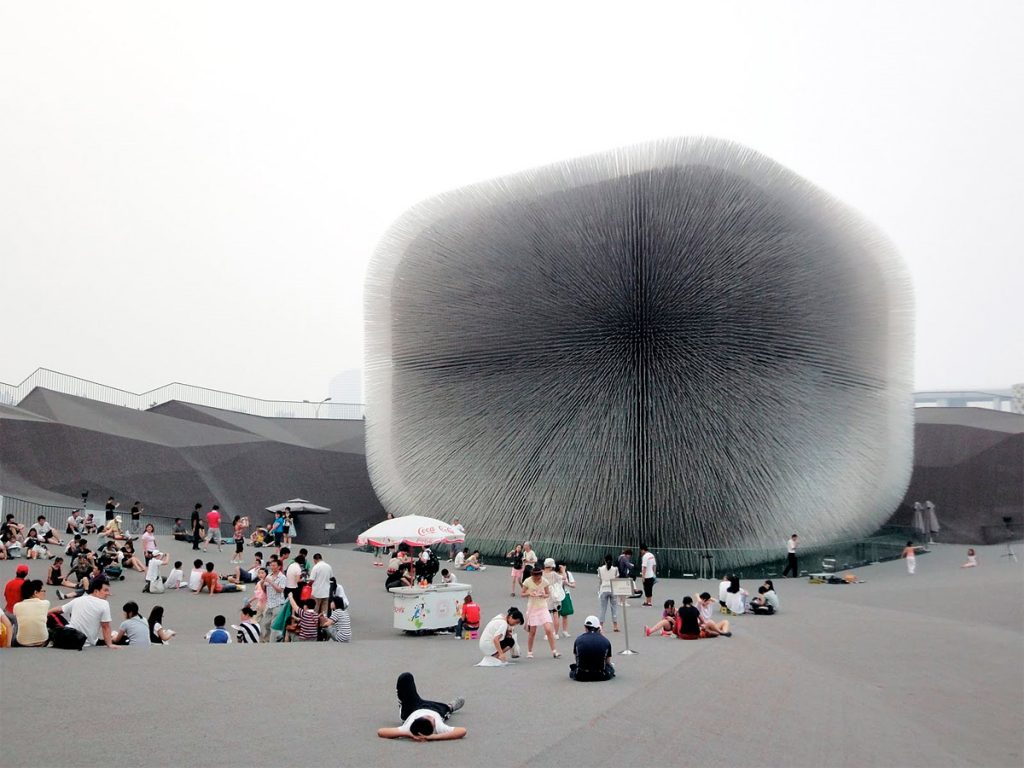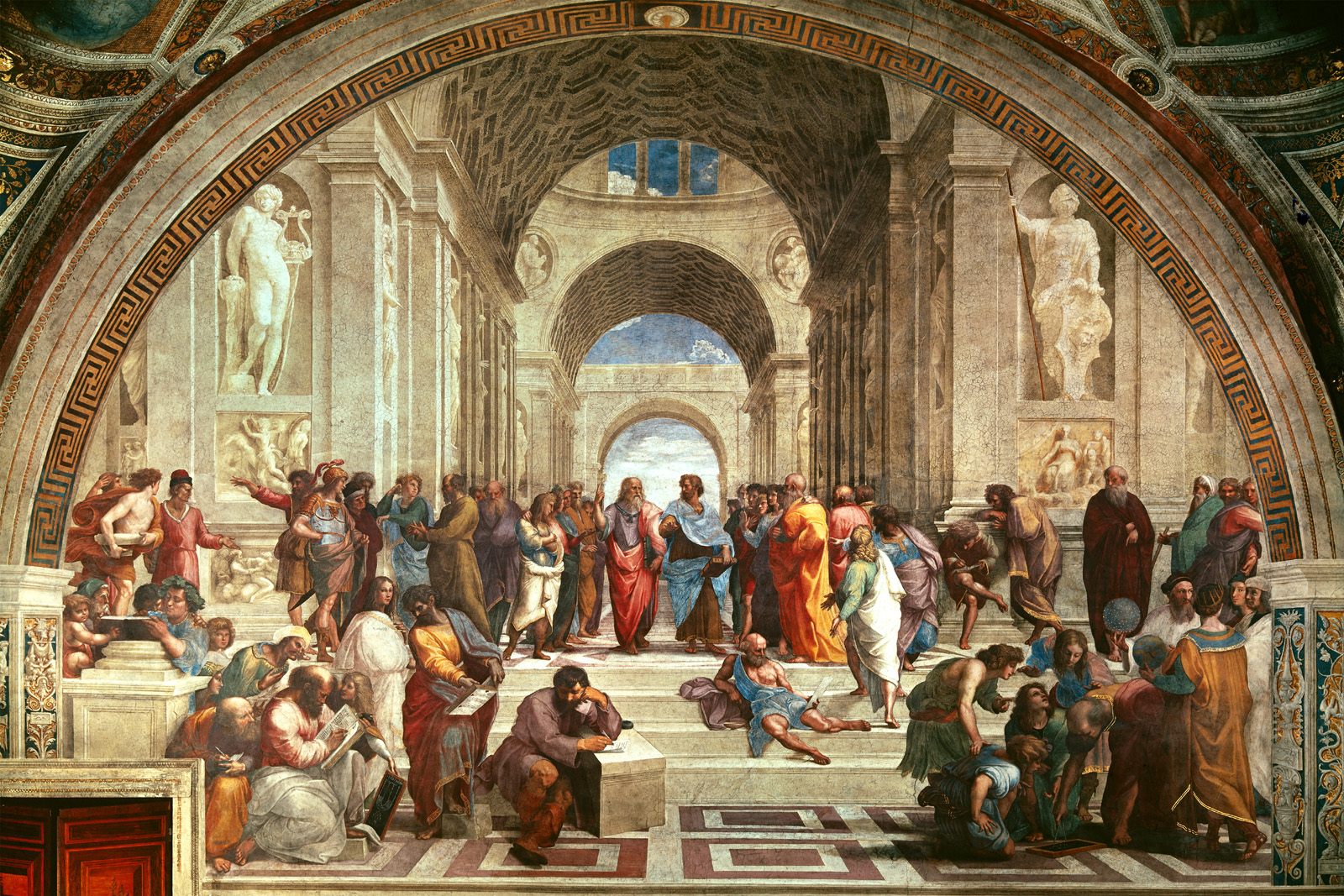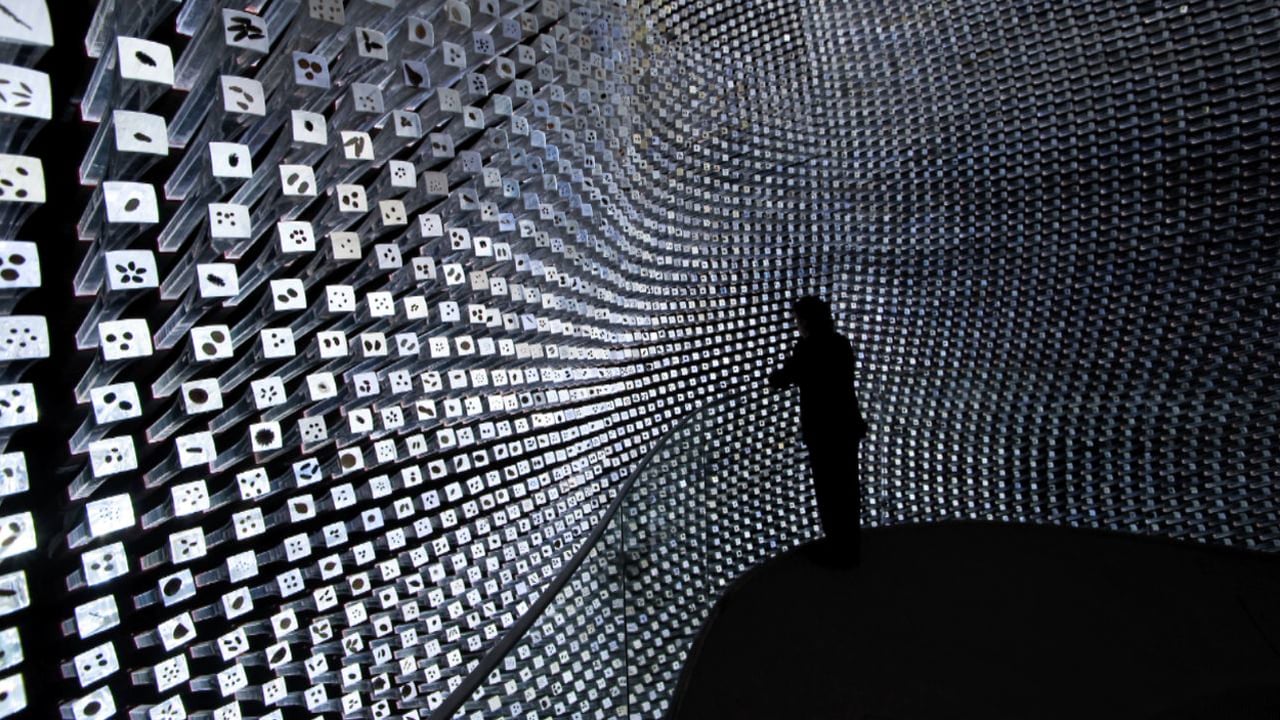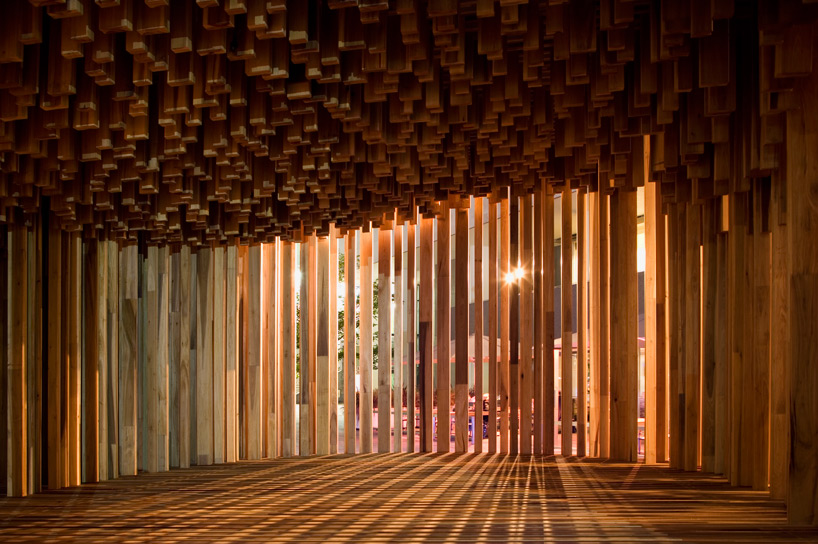

01
[GENIUS LOCI]
Genius Loci (spirit of a place) is a Roman concept; according to Roman belief every ‘independent’ being has its genius; or rather its guardian spirit. This spirit gives life to people and places, accompanies them from birth to death, and determines their character or essence.
What is the spirit of the place we inhabit? What is it that makes each city inherently unique? Is it the social/urban/political structure? The history? Or an ethereal spirit that ties everything together?
Panelists:
Ahmed Mater
Mahmoud Sabbagh
Abdulrahman Gazzaz
Moderator:
Zahra Bundakji


02
[OUR WORK IS NEVER OVER]
Beyond Paper is a topic that aims to discuss the realm of design (two/three dimensional) while touching upon a multiplicity of topics that range from consumer culture, design elements/implementation, and the manifestation of essence into any given tangible substance.
to transcend all social barriers, the realm of design has been over-popularized and at the same time reduced to simple illustrations on paper without the need for engaging the five senses.
will virtual space eliminate actual/tangible spaces? and how does this rationale affect the outcome of teh design process from concept towards implementation?
is there a medium that blurs the boundaries between what is real and that pf the virtual?
It is the speakers› decision to frame their topic in an area that is particular to their profession/experience/interest, while contributing to the main theme of the talk.
Speakers:
Kameel Hawa
Najlaa Albassam
Moderator:
Abdurahman Gazzaz
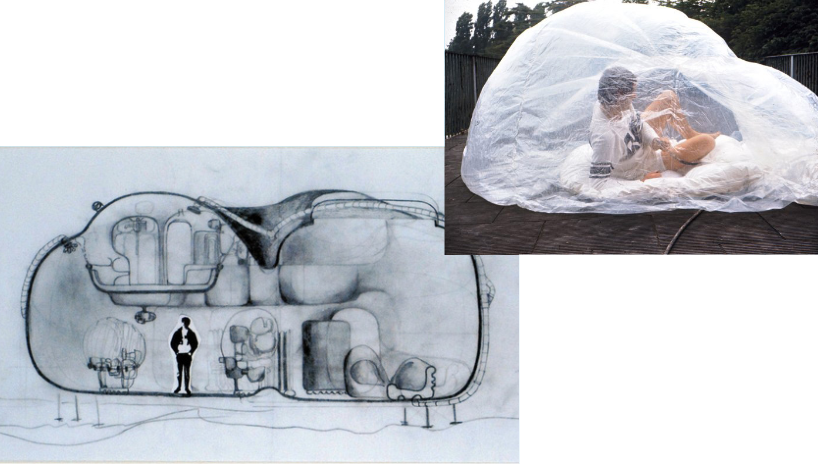

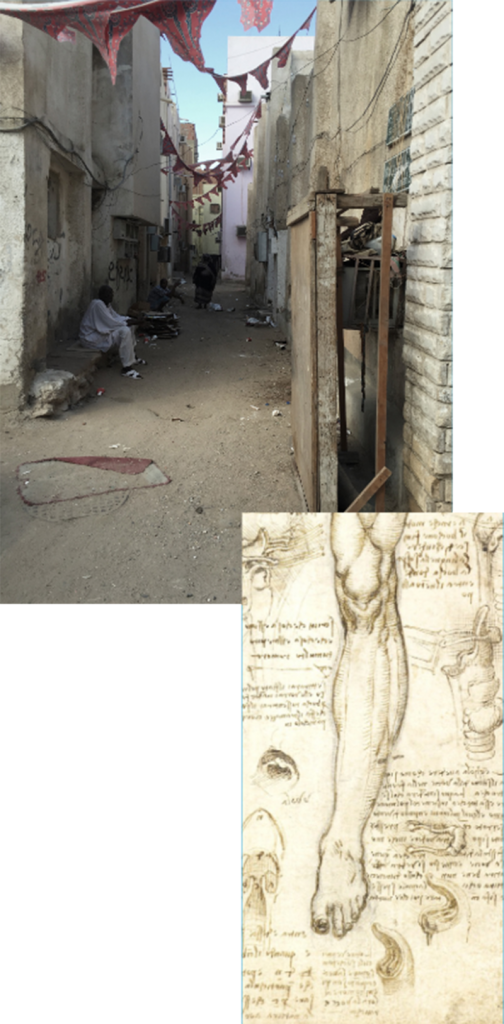
03
[PUPLIC IDENTITY]
Public Space and Politics:
How can we reclaim the role of public space as a platform for the exchange of culture, knowledge, and community needs?
The Greek Agora, over 3000 years ago, was the space from which the Greek Democracy was born. A marketplace for the exchange of goods and knowledge, it nevertheless allowed the common civilian to listen to, express, and participate in the political and cultural landscape of the time.
The freedom to speak in the Gulf is prohibited unless licensed by a governmental body that most relates to the desired topic of speech. This obsessive screening disengages public space, and renders most public activity impossible. The only surviving podium for public speech which literally allows admission for any civilian is the mosque. Once this platform for the exchange of knowledge is reconfigured and moved from the marketplace to the mosque, major political and ideological consequences ensue. As such, public spaces have developed into that of control and surveillance whereby freedom of knowledge and speech has become a cultural taboo.
Public Space, Capitalism, and Rapid Urban Development:
Has the role of public space in Jeddah (like most other Gulf cities) been reduced to being exclusively recreational?
While political activists gathered in Tahrir Square in Cairo, a barber cuts a young boy’s hair on a sidewalk in Mumbai.
While Venetians with their carnival masks walk around in Piazza San Marco, a Wall Street broker watches the passer by in a plaza in New York’s Financial District.
Public spaces allow for the community’s participation in endless ways. The activities they may harbor can be incidental, deliberate, or sometimes out of necessity. It becomes part and parcel of civic life to share public infrastructure and interact, passively or actively with those around you.
Unfortunately, the rapid development of our cities is promoting an increased privatization of all public facilities. From gated compounds to beach resorts to serviced high-rises, our interaction with the general public is diminishing. Our streets are losing their capacity to gather people in favor of transporting them from one location to another. As a result, public space has become a destination in itself. People drive to the corniche in Jeddah, just as they do to Jumairah Beach in Dubai, or City Stars in Cairo because the local alternative is usually private.
Public Space and Society:
What is the relationship between the community and their public spaces? To what degree does participation in, and use of public facilities depend on social status?
With the sub-urbanization of our cities, every civilian has become fixated with the notion of a single detached family home with its accompanying backyard and facilities. It is seen as a sign of wealth, social status, and independence. Moreover, exclusive membership in clubs and resorts allows this social tier to interact with other ‘elites’. This is directly reflected in the city of Jeddah’s North/South divide. Affluent residents of the newly developed northern end of the city are rarely seen out in public, leaving most of their streets empty and derelict. While on the contrary, lower income neighborhoods in the southern part of the city are much more active and vibrant. One only needs to take a walk in the Baghdadiya District on a late Ramadan afternoon, and the degree of public presence is immediately sensed. The streets in the northern Al Shati’i District have no children playing, no street vendors, and no passerby.
SPEAKERS
Dr.Hanaa Motasim
Matthew Mazzotta
Omar Shabaan
MODERATOR
Abdulrahman Gazzaz


04
[LUCID PRODUCTION]
Lucid Production is a topic that aims to discuss the realm of craftsmanship while discussing the core properties of the object itself, it further discusses the essence of the object in terms of questioning its’ very existence.
“magician and surgeon compare to painter and cameraman. the painter maintains in his work a natural distance from reality, the cameraman penetrates deeply into its web.
There is a tremendous difference between the pictures they obtain. That of the painter is a total one, that of the cameraman consists of multiple fragments which are assembled under a new law. Thus, for contemporary man the representation of reality by the film is incomparably more significant than that of the painter, since it offers, precisely because of the thoroughgoing permeation of reality with mechanical equipment, an aspect of reality which is free of all equipment.” – Walter Benjamin, Work of Art in the Age of Mechanical Reproduction
throughout our existence as humans we have been bound by the use of tools as a means to create various matters as well as conducting scientific experiments, this very notion blurs the boundaries between art and science.
if we think of tools as an extension of ourselves, can mechanical means of reproduction replicate the craft that we create in the sense that our originality remains?
is there an ‘aura’ that is distilled within the ritual of forming traditional craft work that is lost when replicated?
in contemporary thought, can a master of any given tool be considered an arts?
Speakers:
Feras Mirdad
Salem Bajnaid
Sara Abdali
Moderator:
Abdulrahman Gazzaz




05
[SEQUENCES OF SPACES]
aims to discuss the interaction between architectural/urban elements (real/uncontrolled space) and film (directed/framed space). If we compare the frames in the movie as a sequence of events and compare it to the sequence of moving from one space to another in a particular building, how would that contribute to the persons’ (viewer/participant) experience in terms of emotion (drama, violence, comedy…etc.)?
Would a three dimensional space that encapsulates the elements of space/time (room, house, city…etc.) intersect with that of a two dimensional space (television, cinema, video mapping….etc.) to create the illusion of a narrative?
Speakers:
Ali Al Sulaiman
Bayan Naseer
Richard Douzijan
Moderators:
Abdulrahman Gazzaz
Husam Al Sayed
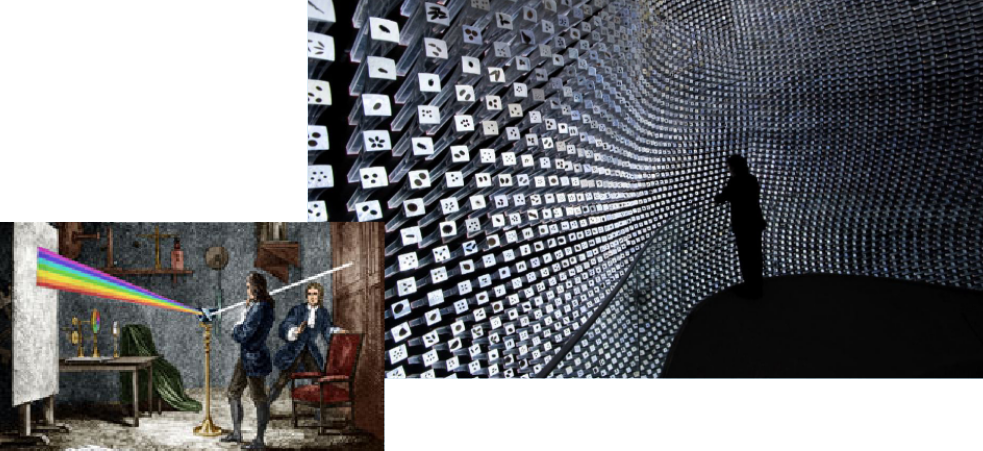
06
[ATMOSPHERIC ILLUSIONS]
«the daydream deepens to the point where an immemorial domain opens up for the dreamer of a home beyond man›s earliest memory. The house, like fire and water, will permit me…to recall flashes of daydreams that illuminate the synthesis of immemorial and recollected» – Bachelard Gaston, The Poetics of Space (1969).
The juxtaposition of light and shade occurs on many levels;this experience draws us in very much like like a moth to a flame.
To be able to understand such a phenomenon we must refer to our cognitive abilities and how a person can acquire knowledge though thought, experience, and the senses during this interplay of light/shade.
Our perception of light and shade varies with each experience, where a mental stimulation occurs whether we are immersed in nature or within a particular space.
spaces, as well as various artistic means, may create a sense of drama, comedy, violence, or even romance; and certain emotions rise to our conciousness as it intersects with memories in a way that draws us to a particular nook or cranny.
How can we manipulate these variables to stimulate emotion, memory, and comfort?
can art jolt our deepest earliest memories? if so, can that apply to spaces and differnt media forms?
we exist amidst the extreme contrast of light and day, sunshine and moonlight, pure light is associated with what is good and darkness is associated with things that are evil and malice….hues of light and shade fall somehwere in between, let us begin to question our insticts
Speakers:
Abeer Nowailaty
Dana Awartani
Husam Al Sayed
Samar Nasraldin
Moderator:
Abdulrahman Gazza
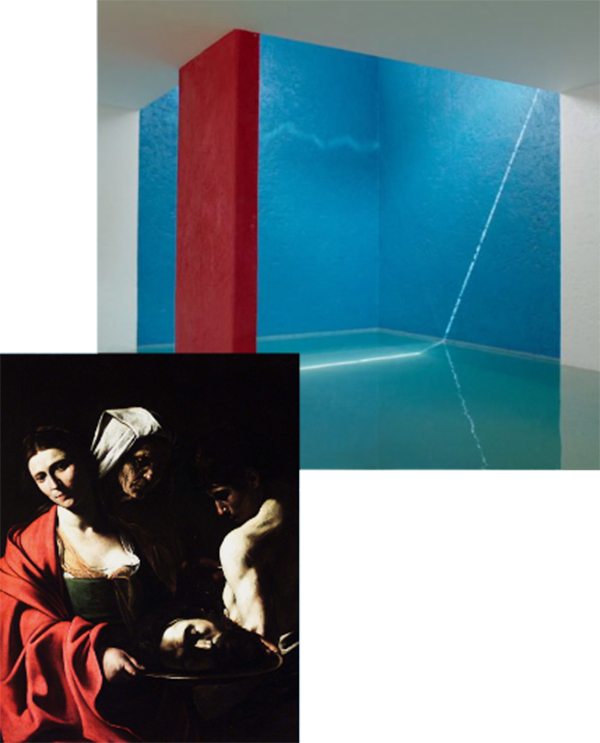
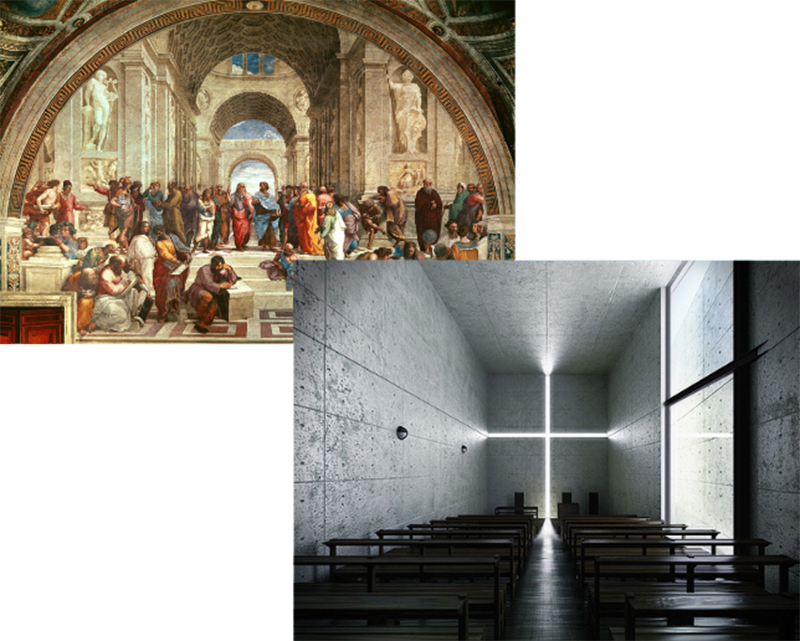


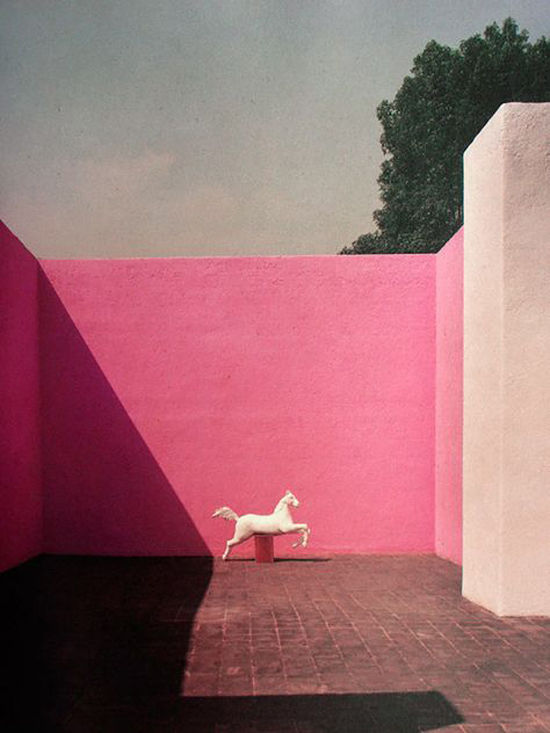
ABOUT | RAW:TALKS
RAW talks is a co-created collective at which conversation, speculation and proposition is at its’ core.
Despite the vast amount of available knowledge, our local/regional understanding has only scraped the surface of certain bits of publicly available information.
The current situation is that there is no institution or platform that focuses on promoting research and knowledge exchange as its main practice.
This is where the goals and motives of RAWtalks are derived from:
An effort geared towards knowledge exchange, critical thinking, research, analysis, and open discussions
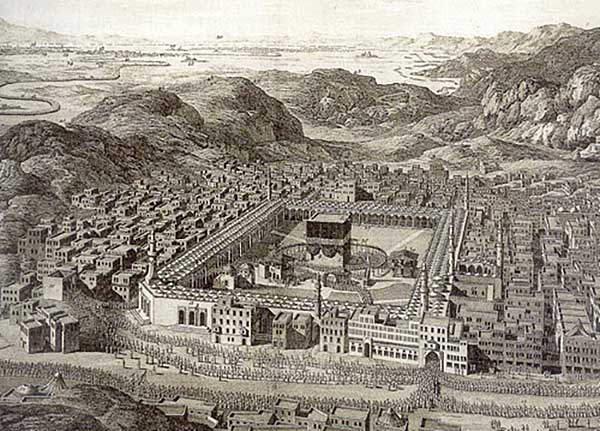
RAW:TALKS
01
[GENIUS LOCI]
Genius Loci (spirit of a place) is a Roman concept; according to Roman belief every ‘independent’ being has its genius; or rather its guardian spirit. This spirit gives life to people and places, accompanies them from birth to death, and determines their character or essence.
What is the spirit of the place we inhabit? What is it that makes each city inherently unique? Is it the social/urban/political structure? The history? Or an ethereal spirit that ties everything together?
Moderator:
Zahra Bundakji
Panelists:
Ahmed Mater
Mahmoud Sabbagh
Abdulrahman Gazzaz
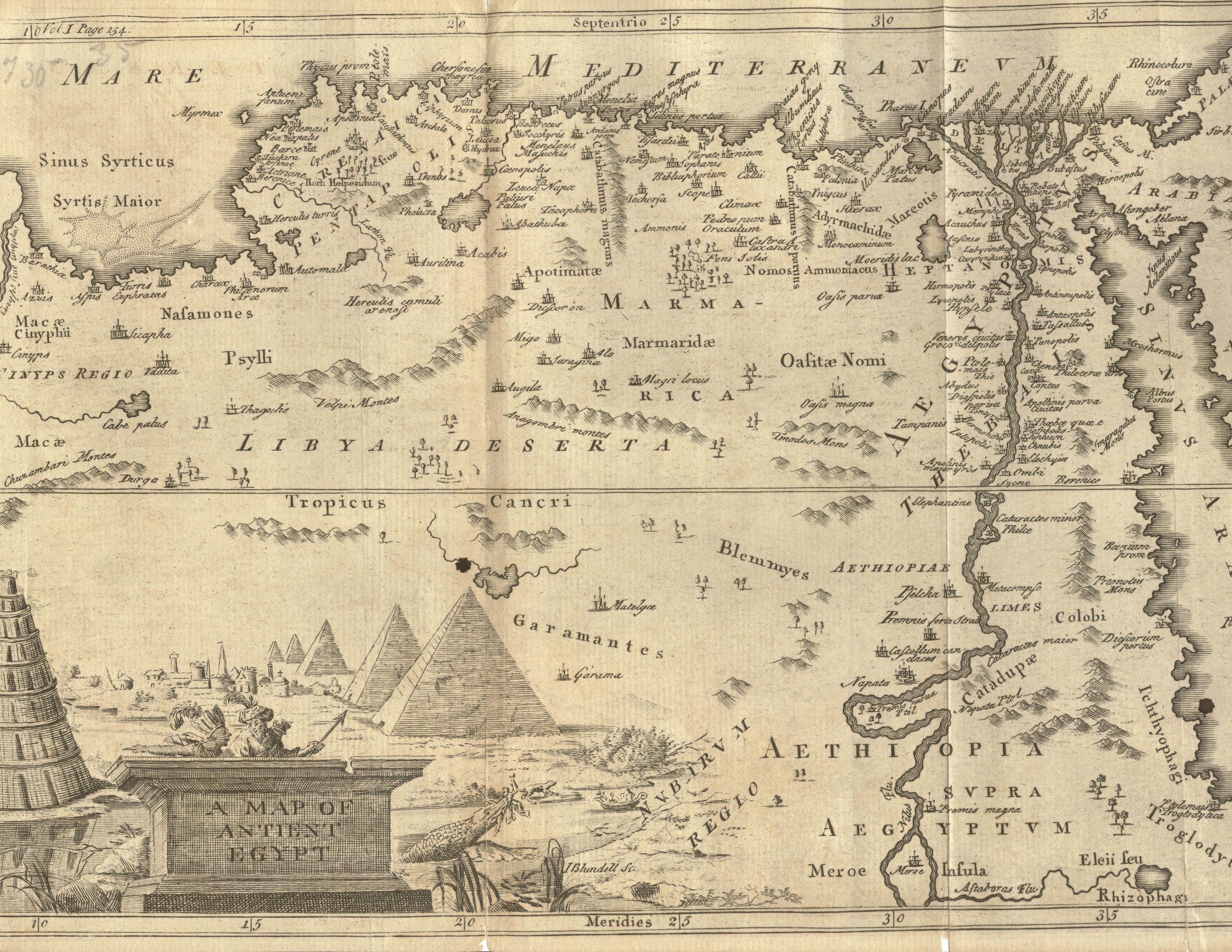
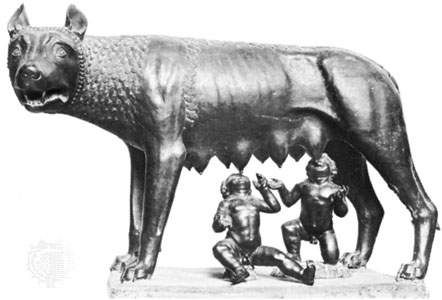
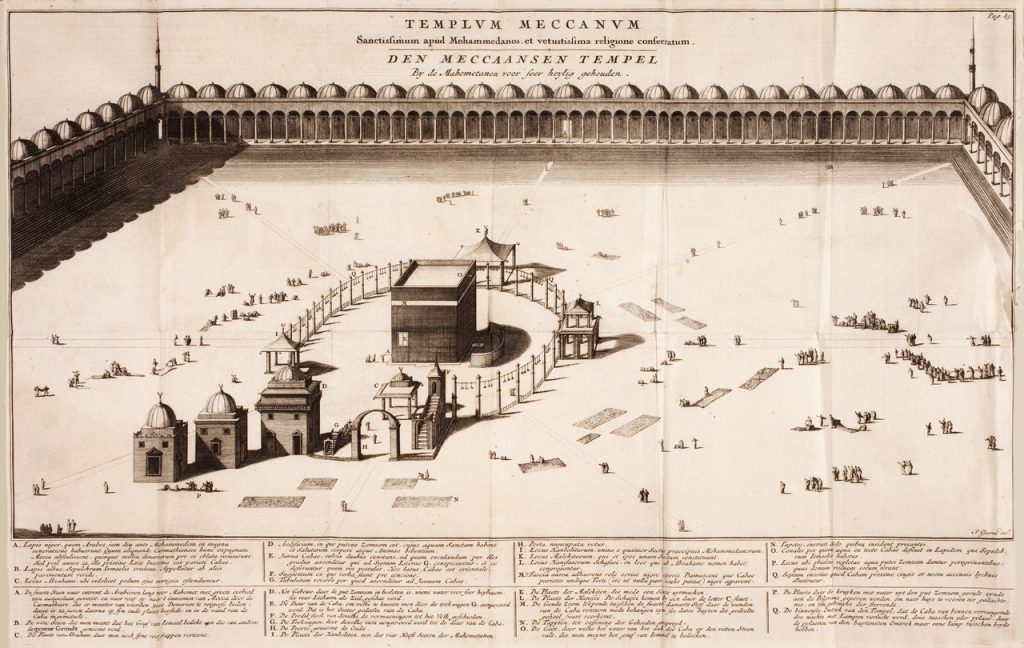
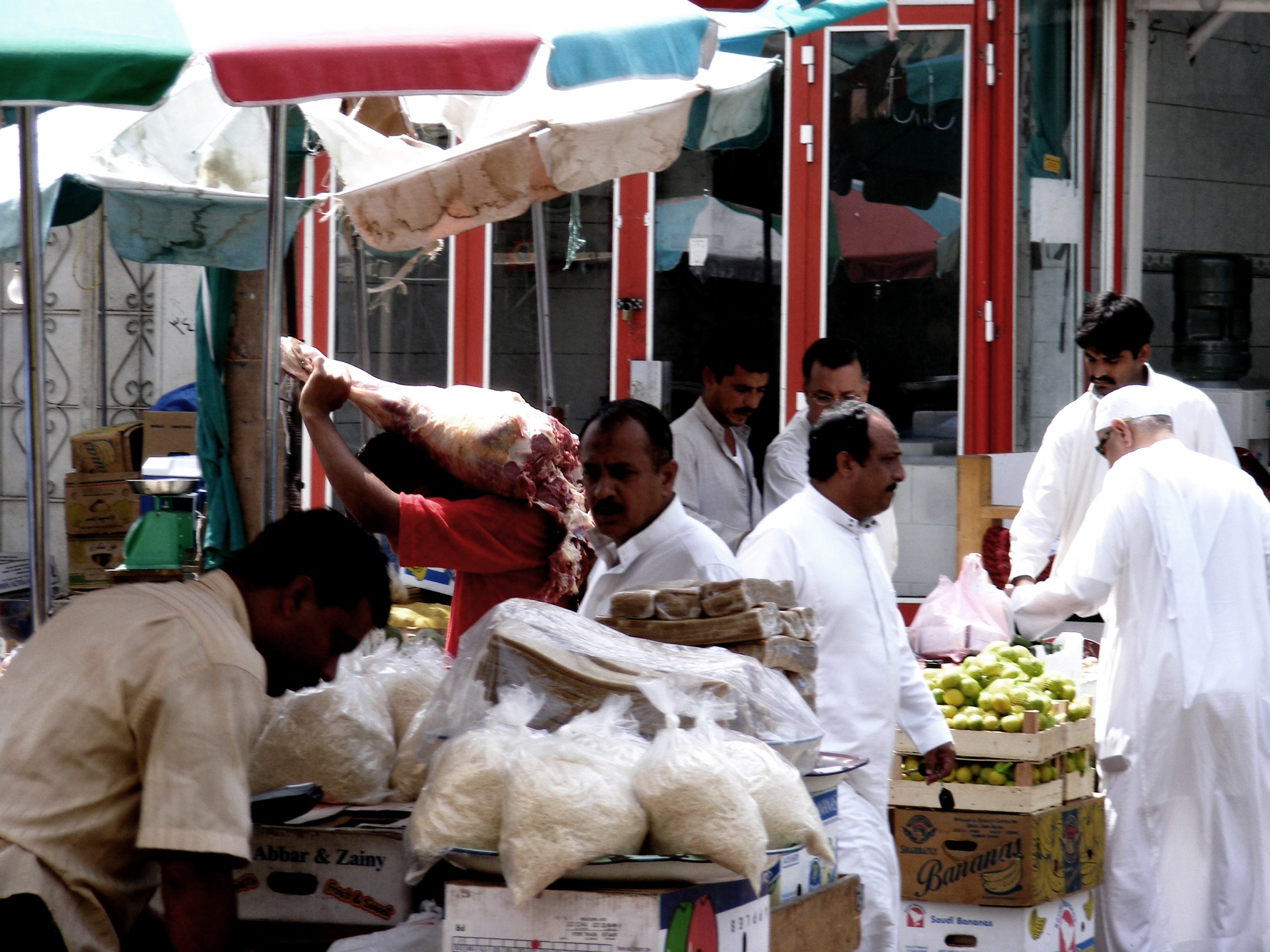
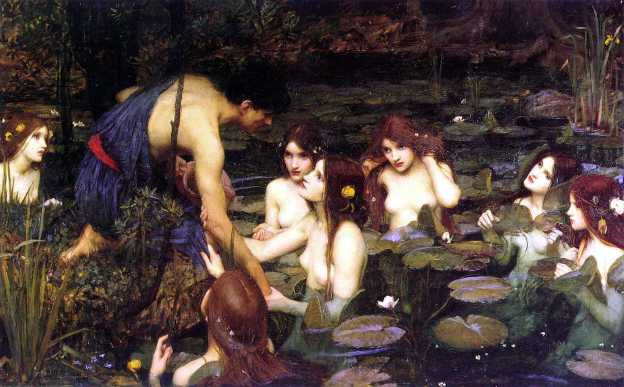
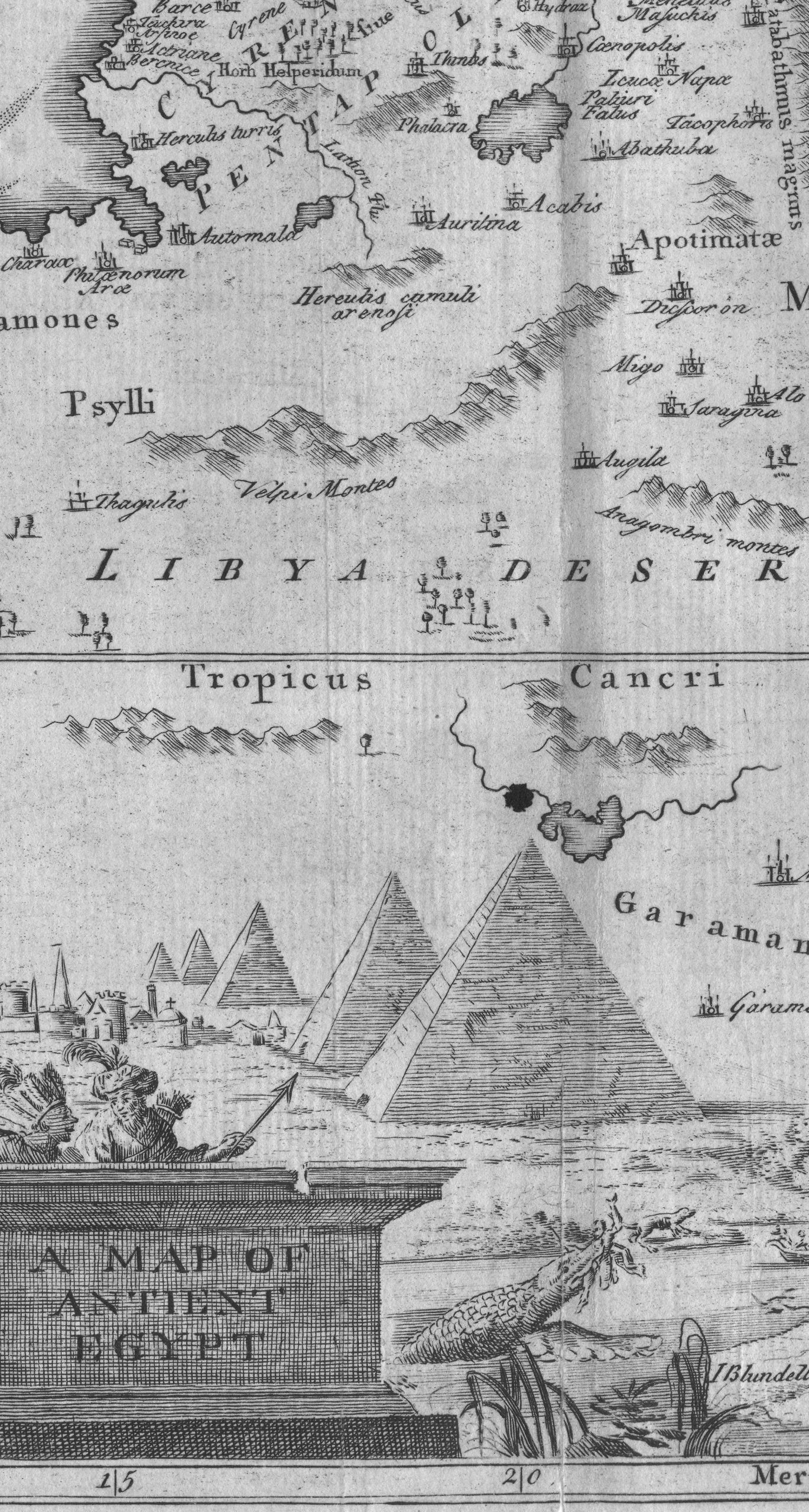
RAW:TALKS
02
[PUPLIC IDENTITY]
Public Space and Politics:
How can we reclaim the role of public space as a platform for the exchange of culture, knowledge, and community needs?
The Greek Agora, over 3000 years ago, was the space from which the Greek Democracy was born. A marketplace for the exchange of goods and knowledge, it nevertheless allowed the common civilian to listen to, express, and participate in the political and cultural landscape of the time.
The freedom to speak in the Gulf is prohibited unless licensed by a governmental body that most relates to the desired topic of speech. This obsessive screening disengages public space, and renders most public activity impossible. The only surviving podium for public speech which literally allows admission for any civilian is the mosque. Once this platform for the exchange of knowledge is reconfigured and moved from the marketplace to the mosque, major political and ideological consequences ensue. As such, public spaces have developed into that of control and surveillance whereby freedom of knowledge and speech has become a cultural taboo.
Public Space, Capitalism, and Rapid Urban Development:
Has the role of public space in Jeddah (like most other Gulf cities) been reduced to being exclusively recreational?
While political activists gathered in Tahrir Square in Cairo, a barber cuts a young boy’s hair on a sidewalk in Mumbai.
While Venetians with their carnival masks walk around in Piazza San Marco, a Wall Street broker watches the passer by in a plaza in New York’s Financial District.
Public spaces allow for the community’s participation in endless ways. The activities they may harbor can be incidental, deliberate, or sometimes out of necessity. It becomes part and parcel of civic life to share public infrastructure and interact, passively or actively with those around you.
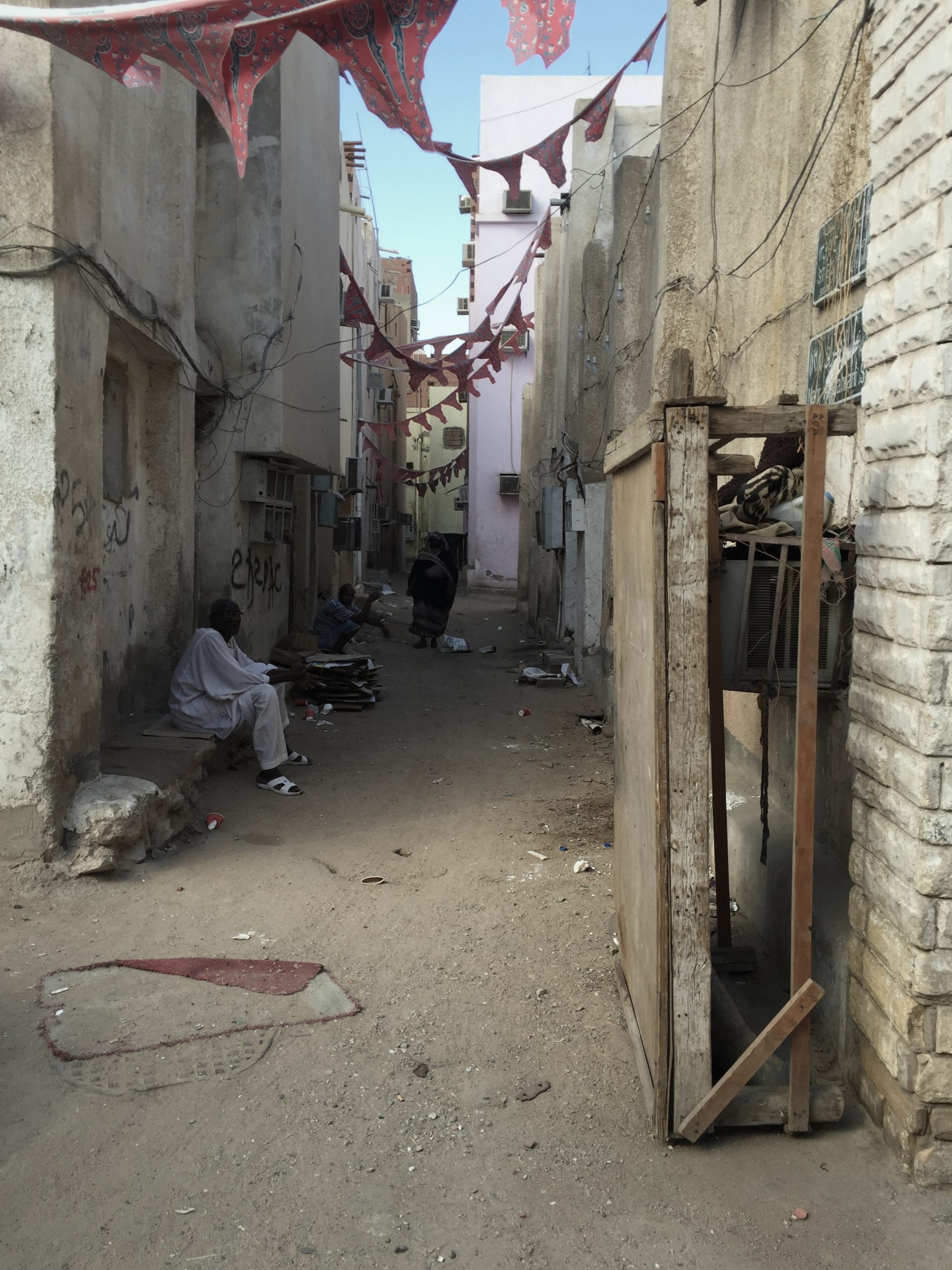
Unfortunately, the rapid development of our cities is promoting an increased privatization of all public facilities. From gated compounds to beach resorts to serviced high-rises, our interaction with the general public is diminishing. Our streets are losing their capacity to gather people in favor of transporting them from one location to another. As a result, public space has become a destination in itself. People drive to the corniche in Jeddah, just as they do to Jumairah Beach in Dubai, or City Stars in Cairo because the local alternative is usually private.
Public Space and Society:
What is the relationship between the community and their public spaces? To what degree does participation in, and use of public facilities depend on social status?
With the sub-urbanization of our cities, every civilian has become fixated with the notion of a single detached family home with its accompanying backyard and facilities. It is seen as a sign of wealth, social status, and independence. Moreover, exclusive membership in clubs and resorts allows this social tier to interact with other ‘elites’. This is directly reflected in the city of Jeddah’s North/South divide. Affluent residents of the newly developed northern end of the city are rarely seen out in public, leaving most of their streets empty and derelict. While on the contrary, lower income neighborhoods in the southern part of the city are much more active and vibrant. One only needs to take a walk in the Baghdadiya District on a late Ramadan afternoon, and the degree of public presence is immediately sensed. The streets in the northern Al Shati’i District have no children playing, no street vendors, and no passerby.
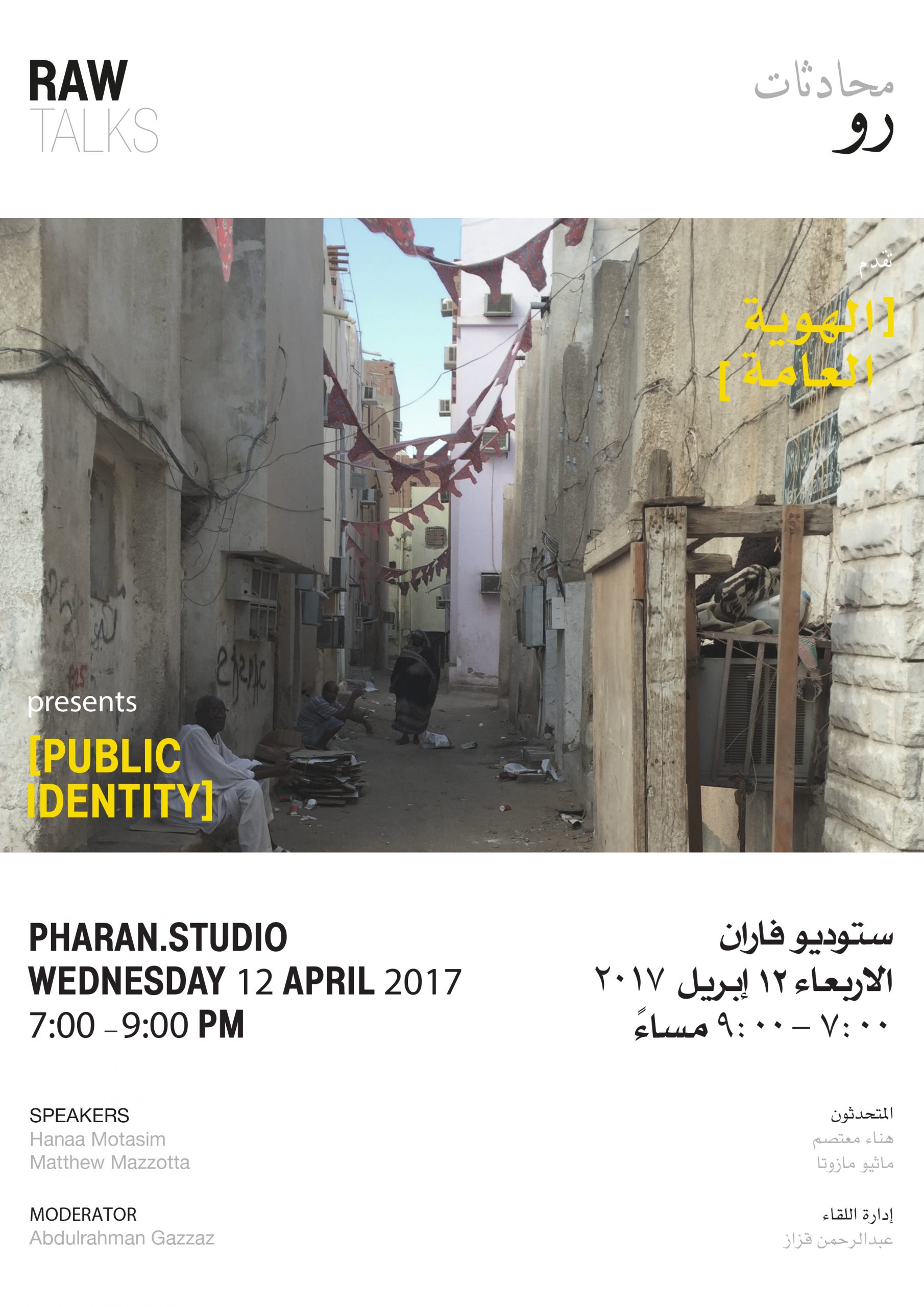
SPEAKERS
Dr.Hanaa Motasim
Matthew Mazzotta
Omar Shabaan
MODERATOR
Abdulrahman Gazzaz
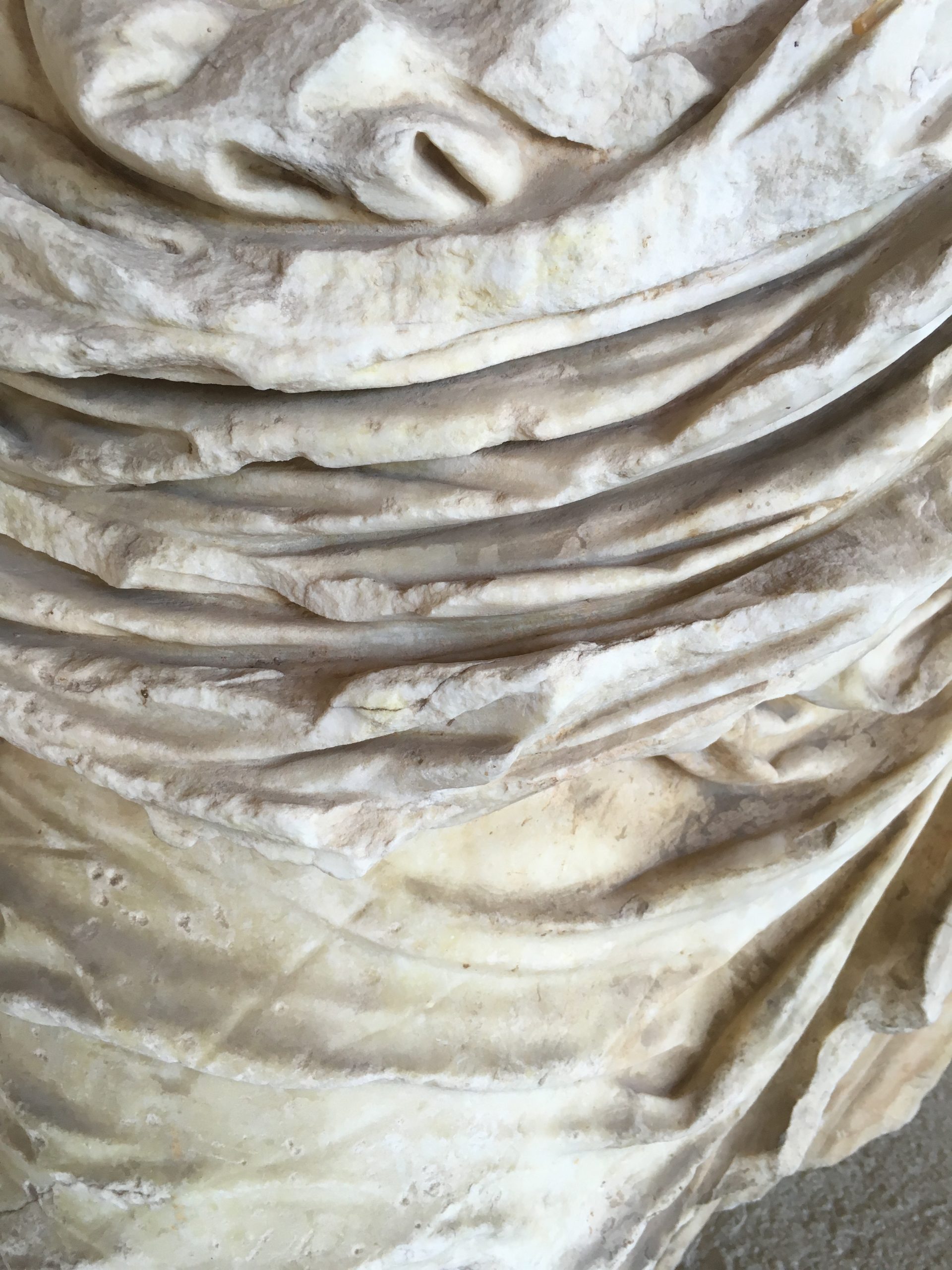
RAW:TALKS
03
[SEQUENCES OF SPACES]
aims to discuss the interaction between architectural/urban elements (real/uncontrolled space) and film (directed/framed space). If we compare the frames in the movie as a sequence of events and compare it to the sequence of moving from one space to another in a particular building, how would that contribute to the persons’ (viewer/participant) experience in terms of emotion (drama, violence, comedy…etc.)?
Would a three dimensional space that encapsulates the elements of space/time (room, house, city…etc.) intersect with that of a two dimensional space (television, cinema, video mapping….etc.) to create the illusion of a narrative?
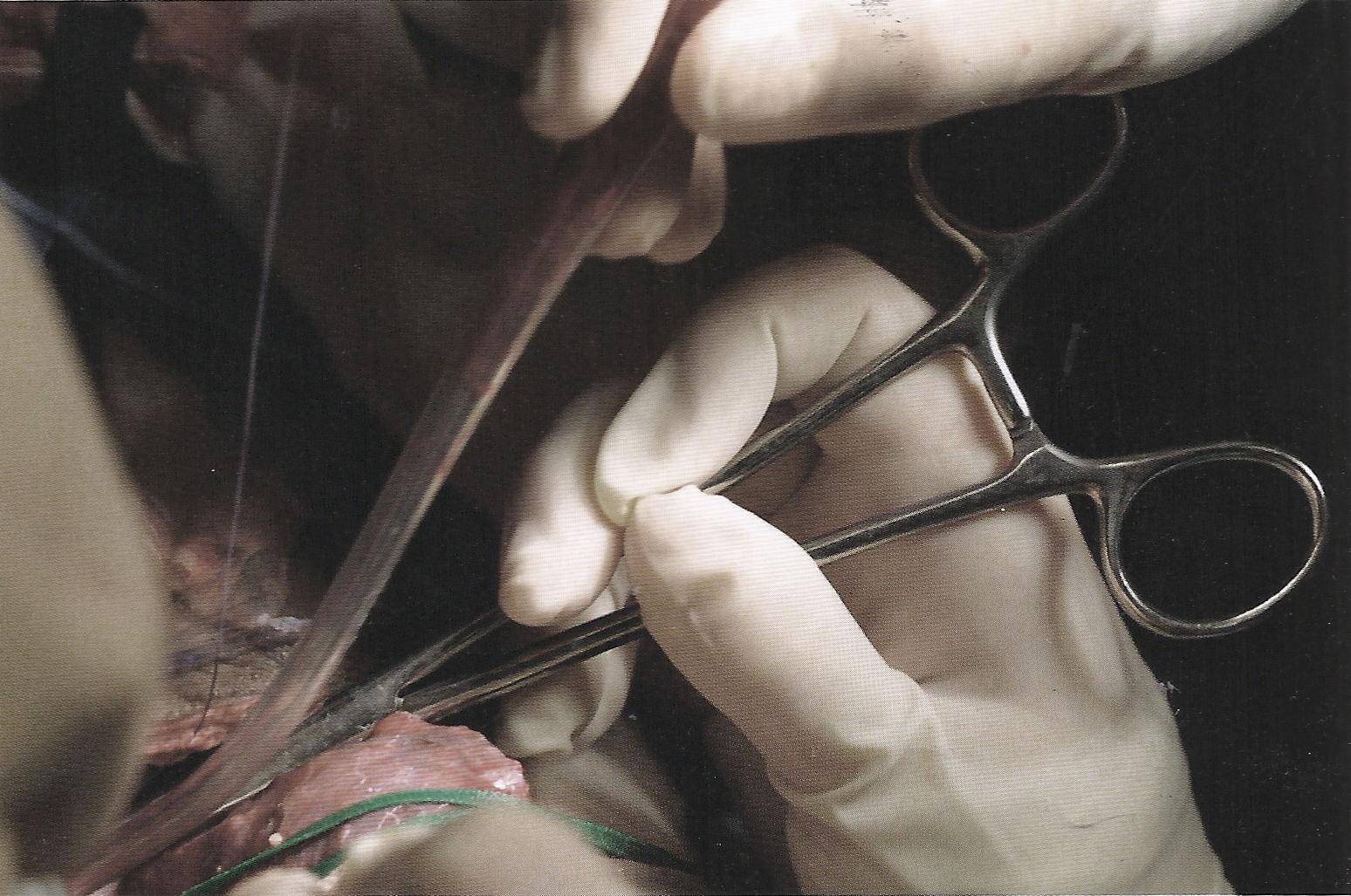
RAW:TALKS
04
[LUCID PRODUCTION]
Lucid Production is a topic that aims to discuss the realm of craftsmanship while discussing the core properties of the object itself, it further discusses the essence of the object in terms of questioning its’ very existence.
“magician and surgeon compare to painter and cameraman. the painter maintains in his work a natural distance from reality, the cameraman penetrates deeply into its web.
There is a tremendous difference between the pictures they obtain. That of the painter is a total one, that of the cameraman consists of multiple fragments which are assembled under a new law. Thus, for contemporary man the representation of reality by the film is incomparably more significant than that of the painter, since it offers, precisely because of the thoroughgoing permeation of reality with mechanical equipment, an aspect of reality which is free of all equipment.” – Walter Benjamin, Work of Art in the Age of Mechanical Reproduction
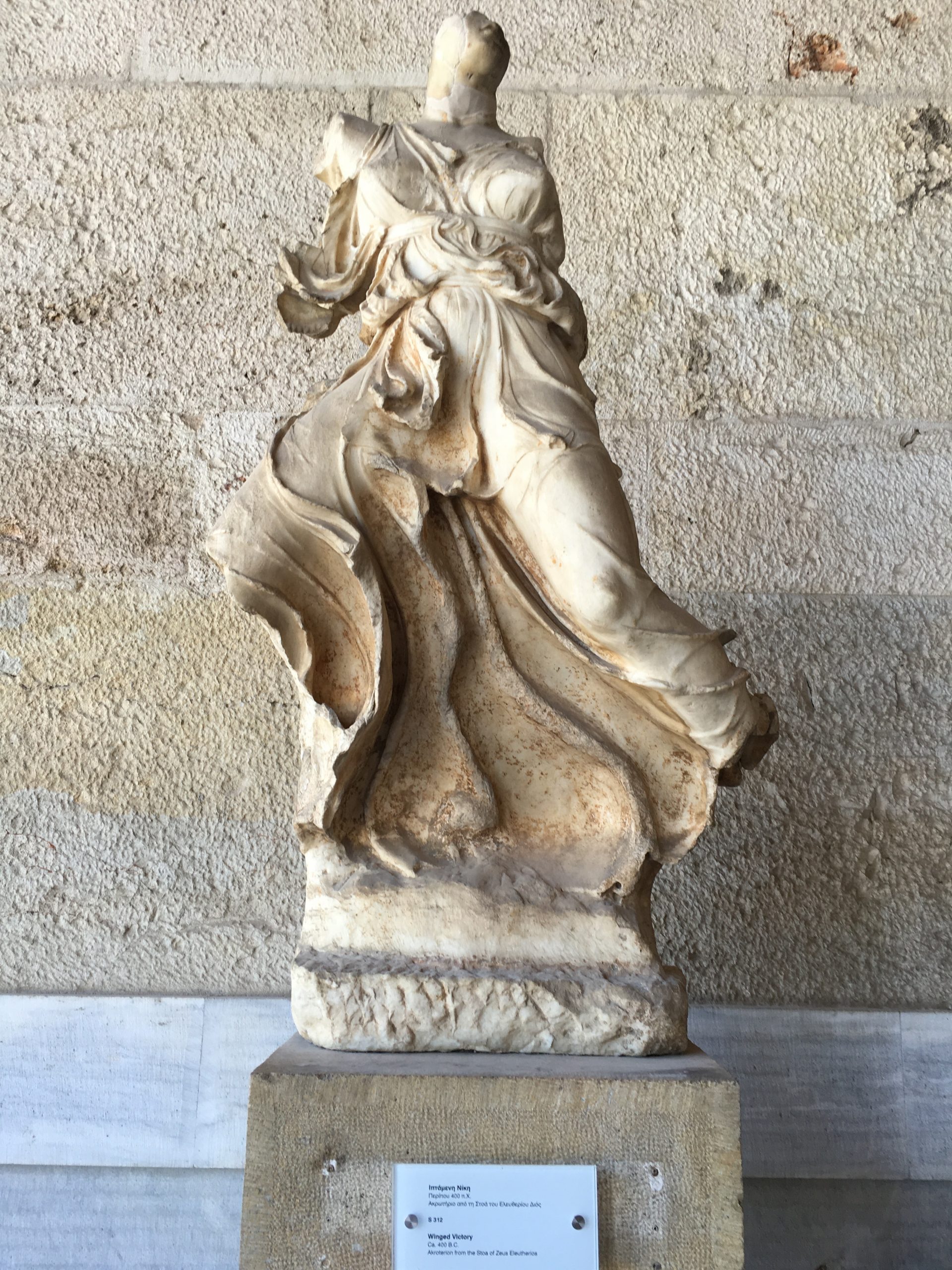
throughout our existence as humans we have been bound by the use of tools as a means to create various matters as well as conducting scientific experiments, this very notion blurs the boundaries between art and science.
if we think of tools as an extension of ourselves, can mechanical means of reproduction replicate the craft that we create in the sense that our originality remains?
is there an ‘aura’ that is distilled within the ritual of forming traditional craft work that is lost when replicated?
in contemporary thought, can a master of any given tool be considered an arts?
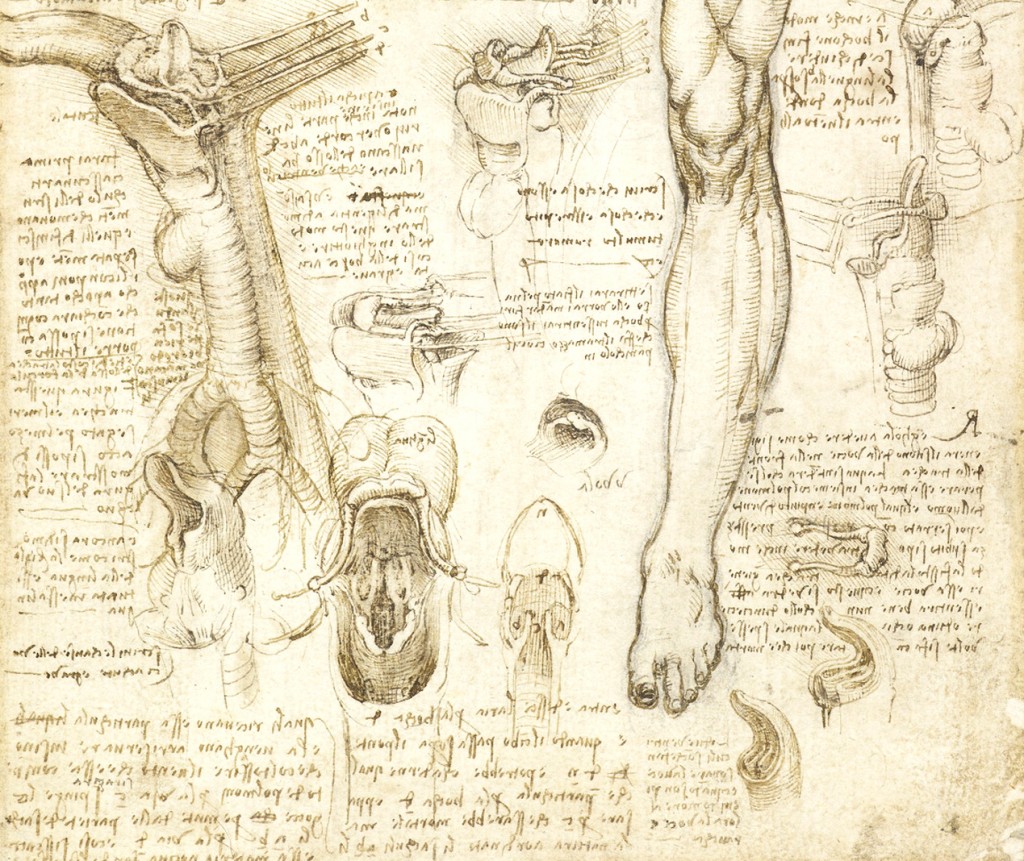

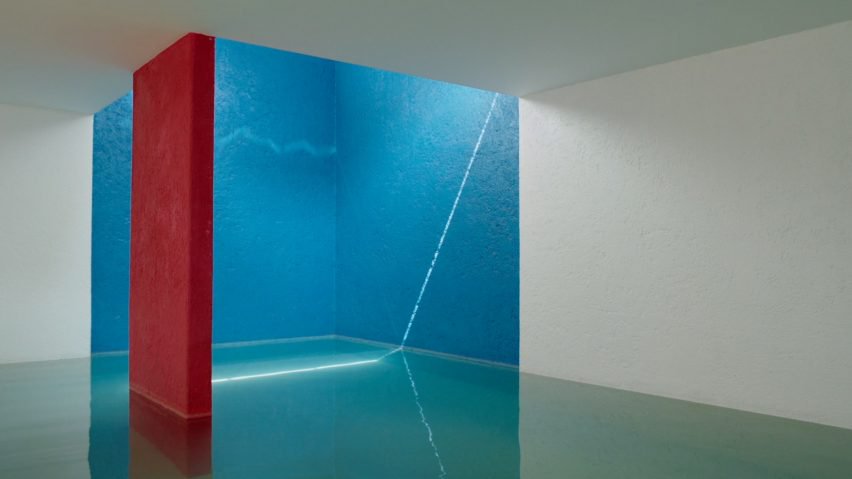
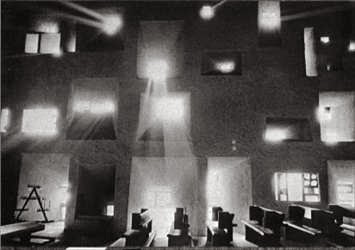
RAW:TALKS
05
[ATMOSPHERIC ILLUSIONS]
“the daydream deepens to the point where an immemorial domain opens up for the dreamer of a home beyond man’s earliest
memory. The house, like fire and water, will permit me…to recall flashes of daydreams that illuminate the synthesis of immemorial
and recollected” – Bachelard Gaston, The Poetics of Space (1969)
The juxtaposition of light and shade occurs on many levels;this experience draws us in very much like like a moth to a flame.
To be able to understand such a phenomenon we must refer to our cognitive abilities and how a person can acquire knowledge though
thought, experience, and the senses during this interplay of light/shade.
Our perception of light and shade varies with each experience, where a mental stimulation occurs whether we are immersed in nature or within
a particular space.
spaces, as well as various artistic means, may create a sense of drama, comedy, violence, or even romance; and certain emotions
rise to our conciousness as it intersects with memories in a way that draws us to a particular nook or cranny.
How can we manipulate these variables to stimulate emotion, memory, and comfort?
can art jolt our deepest earliest memories? if so, can that apply to spaces and differnt media forms?
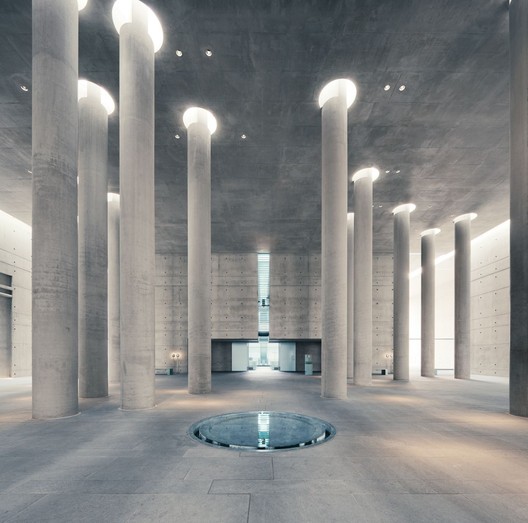
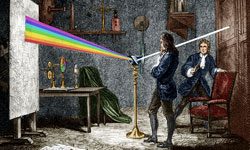

we exist amidst the extreme contrast of light and day, sunshine and moonlight, pure light is associated with what is good and darkness is
associated with things that are evil and malice….hues of light and shade fall somehwere in between, let us begin to question our insticts.
